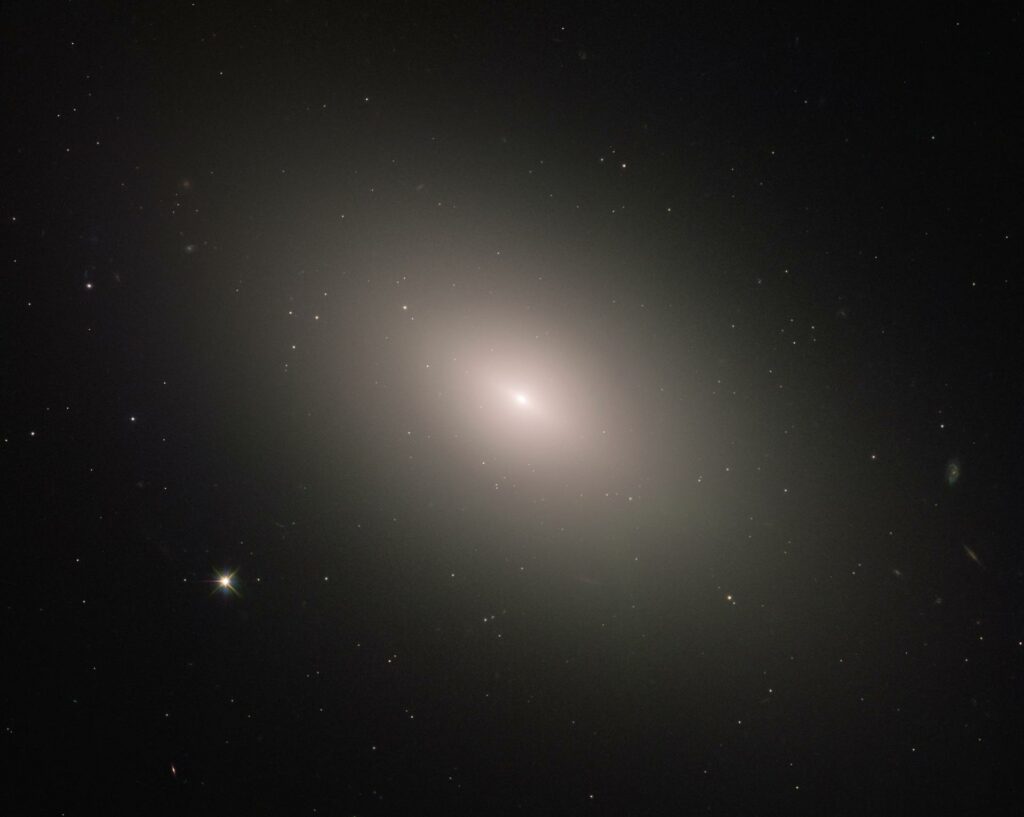An international team of astronomers has made observations of a number of galaxies that formed in the first few billion years after the Big Bang. They were able to identify a correlation between the black holes located in their centers and changes that can negatively affect the rate of birth of new luminaries.
Mystery of Dead Galaxies
Our Milky Way is home to many luminaries of different ages. But this picture is not observed everywhere. Elliptical galaxies are predominantly populated by old stars of approximately the same age. This indicates that at the beginning of their life cycle, they went through a period of active star formation, which then suddenly stopped.

The question of why galaxies like ours still continue to form stars, and elliptical ones have lost this opportunity, has long been of interest to astronomers. According to one of the most popular versions, it’s all about supermassive black holes located in their centers, whose activity destroys gas clouds, completely stopping all star formation processes.
Black holes as a obstacle to star formation
To test this theory, an international team of researchers used the COSMOS (Cosmic Evolution Survey). It includes information about radio waves, infrared light, visible and X-ray radiation collected by leading ground-based observatories including the Subaru telescope and the ALMA radio telescope complex. The researchers focused their efforts on galaxies located at distances of 9.5 — 12.5 billion light-years from Earth.

At first, astronomers used optical and infrared data to break galaxies into two groups: those in which star formation continues, and those where it has stopped. Further, they focused on the radio and X-ray radiation produced by galaxies, which are a concomitant sign of the presence of supermassive black holes in their cores. As a result, the researchers were able to identify a clear correlation between the activity of black holes and the attenuation of star formation processes. This suggests that black holes can indeed prevent the birth of new luminaries.
At the same time, it is worth noting that such a picture is not universal. To date, scientists have also known cases when black holes contributed to the birth of new stars and even formed galaxies.
According to https://phys.org
Follow us on Twitter to get the most interesting space news in time
https://twitter.com/ust_magazine

